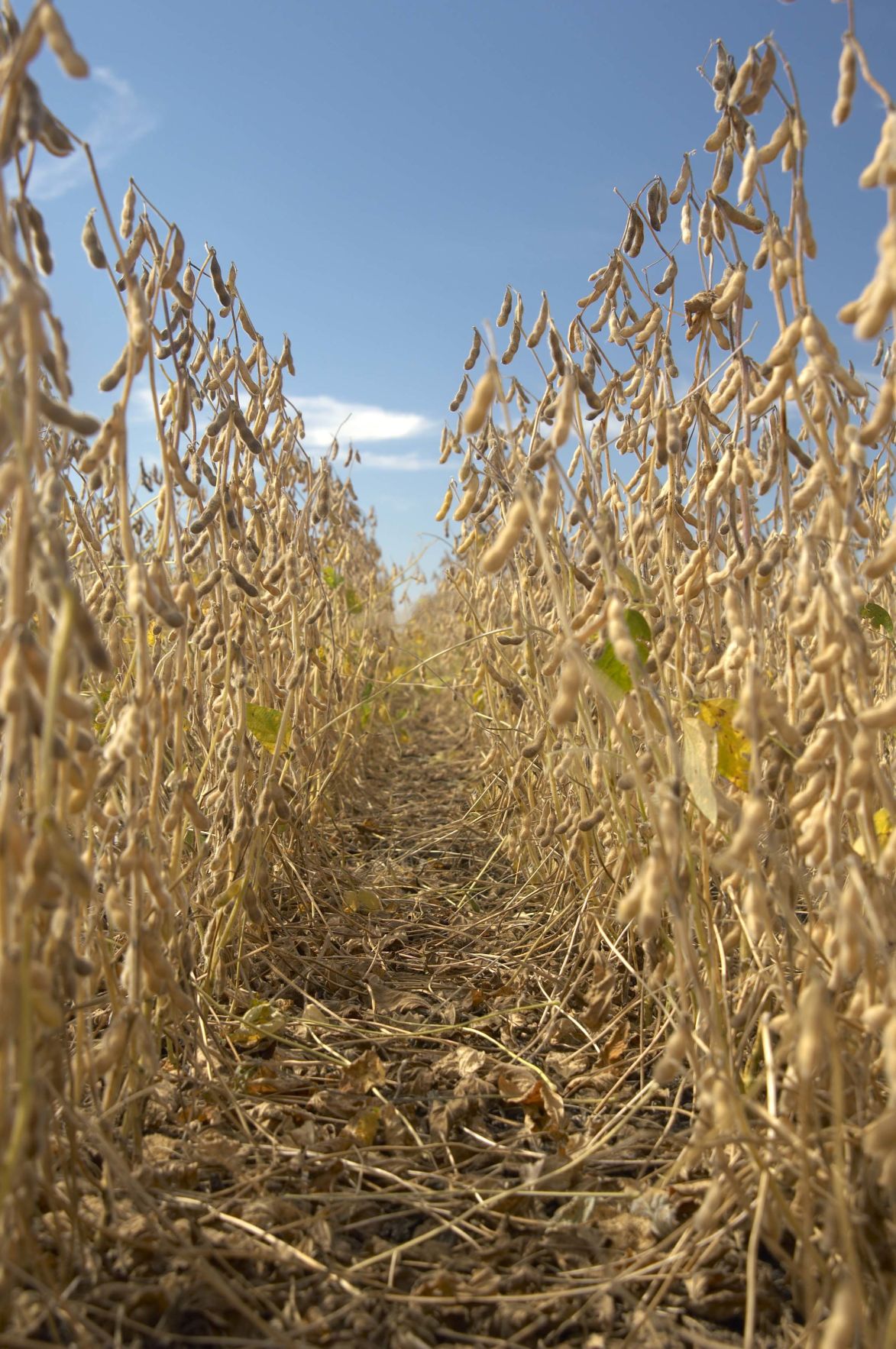United Soybean Board CEO Polly Ruhland said there’s farmers who were enthusiastic about planting soybeans last spring. The increased acres indicate the confidence farmers have in the future of the crop.
“Of course, trade challenges are always one of the most difficult factors to predict,” Ruhland said. “This is especially true when farmers are heavily dependent on a single market.”
She said there’s no doubt the short-term prices for soybeans are exhibiting some volatility and farmers are suffering from this, and from increasing costs of production and lack of investment influx. She hopes USB and the other soybean associations—American Soybean Association and the U.S. Soybean Export Council—can focus on doing their part to help in the short term by aggressively pursuing new international markets for our immediate crop as well as growth and development of countries that exhibit high potential for United States soybeans.
“We also continuously look for ways to add value to U.S. soybeans and to differentiate U.S. soy from competition in other countries—through improvement of nutritional density of soybean meal, improvement of the usefulness and composition of soybean oil, continuous improvement of soybean sustainability through the use of various production technologies to optimize natural resource use,” Ruhland said.
She said product differentiation is more critical than ever in an extremely competitive global marketplace.
ASA CEO Ryan Findlay agreed with Ruhland’s assumptions, and believes it’s very much a collaborative effort within the soy family to keep U.S. soybeans on top.
“Our job on the lobbying front is to really push on the administration, so within the White House to push the U.S. trade representatives, to push USDA, to push legislators on the Hill to say—look we have to have new markets and those new markets there are policy levers we can do to that are going to benefit us and complete NAFTA,” Findlay said.
He also believes there needs to be new free trade agreements with other countries, and lowering of tariff barriers with other countries by negotiating through some things.
“Everybody is pushing hard because we recognize that there’s some challenges in the countryside right now and that’s what farmers are fired up to do,” Findlay said.
The weather situation also has Findlay fired up. The remnants of a hurricane that came across the eastern part of the country during the first week of September, in addition to others tracking in the same direction are worrisome when it comes to the supply and subsequent harvest.
“I think that’s the billion dollar question, how many beans are out there and where are those beans going to go and I think all of it is a question mark right now,” Findlay said. “Everything could still change.”
The added rains have farmers concerned about flooding and other problems the additional water would cause.
“We need to recognize it’s not in the bin yet. Until it’s in the bin, you really can’t count it as a yield,” Findlay said. “So all of those caveats aside—it looks and appears, and the experts around the country are getting all indications, that we are going to have a very big soybean crop.”
The big crop is not a huge surprise for Findlay as there was nearly 90 million acres planted, and it’s been a good growing year for most. Bushel averages aren’t going to matter.
“The total and how we move that matters, and really to the farmer on the ground, what they yield matters,” Findlay said. “We’re all over the place, but at the end of the day it’s going to be a big crop.”
South Dakota soybean farmer and USB chair Lewis Bainbridge, said he’s heard rumblings of the record crop. Last month he was at the U.S. Soy Global Trade Exchange to meet with international buyers and was pleased with their exchange.
“U.S. soy is in demand and we’re seeing increased purchases from other regions of the world.”
Kylene Scott can be reached at 620-227-1804 or [email protected].


